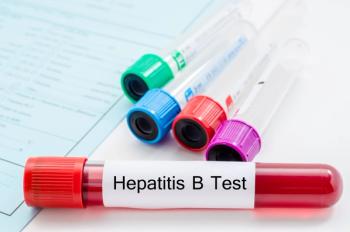
The investigators’ hypothesis is supported by phase 2 trial data in which hydronidone resulted in significant reversal of liver fibrosis in patients with chronic hepatitis B (CHB).

Gillian McGovern is an associate editor at Pharmacy Times®. She graduated from Rowan University in 2023 with a BA in Writing Arts and concentrations in Publishing & Writing for the Public, Technical & Professional Writing, and Creative Writing.

The investigators’ hypothesis is supported by phase 2 trial data in which hydronidone resulted in significant reversal of liver fibrosis in patients with chronic hepatitis B (CHB).
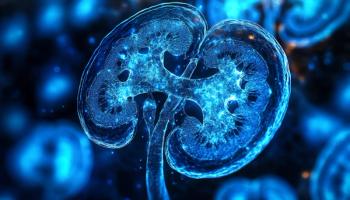
This component of scar tissue may have a role in kidney fibrosis for slowing disease progression and improving outcomes for patients with chronic kidney disease (CKD).
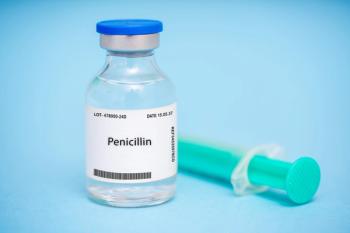
The smartphone application-led delabeling also did not delay surgeries or procedures in the evaluated clinics.

The in vivo gene editing program is designed to eliminate cccDNA and inactive integrated hepatitis B DNA.
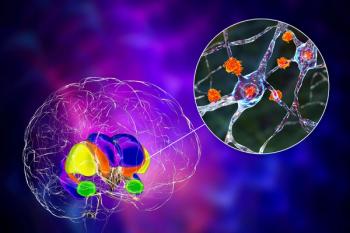
The breakthrough designation is supported by clinical data from ongoing phase 1/2 trials.

Children who received antibiotics between birth and 2 years of age were more likely to develop food allergies, allergic rhinitis, and asthma, but not neurodevelopmental conditions.

Traditional risk factors were more contributable to cryptogenic ischemic stroke (CIS) without patent foramen ovale (PFO), whereas nontraditional ones were more critical for CIS with PFO.

Authors of a review published in The Journal of Allergy and Clinical Immunology emphasized that blood eosinophil count and fractional exhaled nitric oxide cannot be relied on.
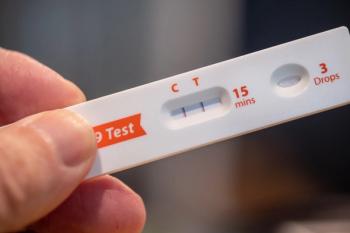
At 28 to 179 days, COVID-19 infection in patients with preexisting chronic kidney disease (CKD) was associated with an increased risk of composite kidney events.

In mouse models, researchers identified that immune cells within the intestine may prevent unwarranted attacks against harmless food allergens.

Strategies for rescuing PTPRD function in diseased livers could provide potential therapeutic options, according to the study authors.

Promoting weight management prior to pregnancy and in early life may yield stronger cardiovascular and maternal health.

Patients with unresectable or metastatic hepatocellular carcinoma (HCC) receiving this regimen had favorable median overall survival (23.7 months) compared with standard of care (20.6 months).

Nipocalimab with standard of care helped patients with generalized myasthenia gravis (gMG) maintain improvements in daily living and quantitative scores compared with placebo.

The approval is for those with metastatic disease or in whom surgical resection is likely to result in severe morbidity, have no satisfactory alternative treatments, or have progressed following treatment.

In patients with CKD, there were negative associations between the sodium cotransporter (NCC) and its phosphorylation (pNCC) in urinary extracellular vesicles (uEVs), but further research is needed to confirm these findings in a larger cohort.
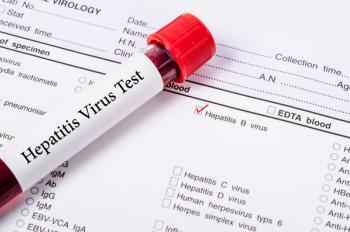
The prevalence of hepatitis D virus (HDV) antibody positivity was about 0.24% in patients with chronic hepatitis B virus (HBV).

The future holds the promise of earlier diagnosis, more targeted therapies, and personalized neurological care, said speaker William D. Freeman, MD, FAAN.
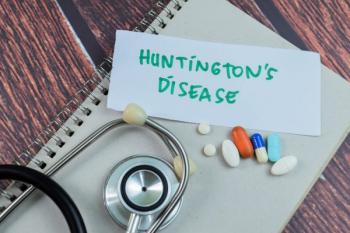
Huntington disease (HD) has no curative treatments, therefore, there is a great need for therapies that can reduce or slow the progression of symptoms.

Numerical differences were observed as early as Month 1.

Small changes in blood pressure and pulse were shown in patients of all ages, and the authors suggested that these are monitored carefully in patients being treated for ADHD.

Advanced practice provider (APP) care models allow for health systems to better individualize care for patients, effectively meeting their needs.
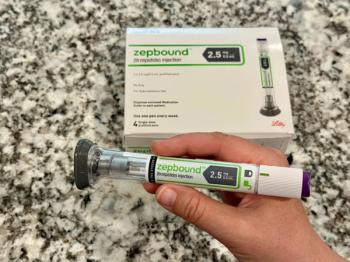
Tirzepatide-treated patients with chronic kidney disease (CKD), obesity, and heart failure with preserved ejection fraction (HFpEF) had improved renal function both by cystatin C and creatinine.

Beth A. Malow, MD, MS, FAAN, said that pharmacists and health care professionals are at the frontlines of collaborating and raising awareness of climate change’s impacts.

Malow also emphasized the importance of staying educated on the potential neurological risks that may occur as a result of climate change.

The poll also showed that social media and general media coverage influenced about 33% of participants to not get vaccinated.

Among the 9 surface disinfectants studied, only 2 demonstrated a reduction in viral titer below the limit of detection.
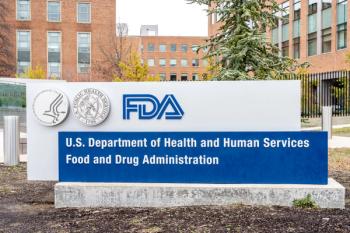
This action makes inebilizumab the first and only FDA-approved treatment for adults with immunoglobulin G4-related disease (IgG4-RD).
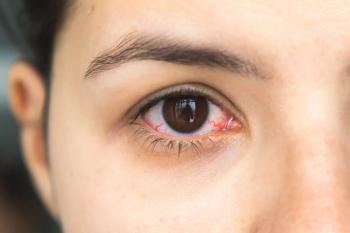
No manufacturing or safety issues were identified, but the FDA stated the new drug application did not demonstrate efficacy in adequate and well-controlled studies.

The registry data showed that cardiac magnetic resonance (CMR) was obtained in more clinically complex patients with recurrent pericarditis.